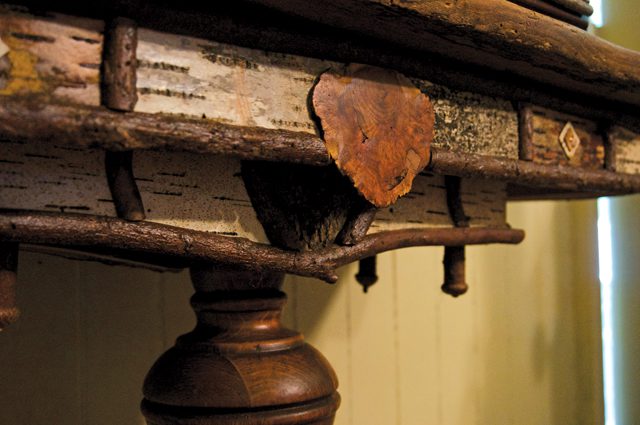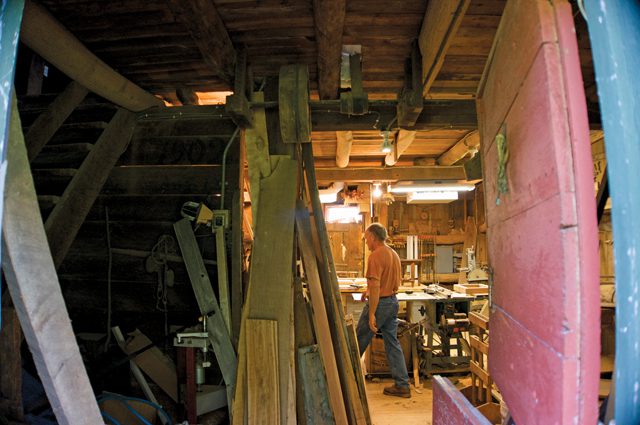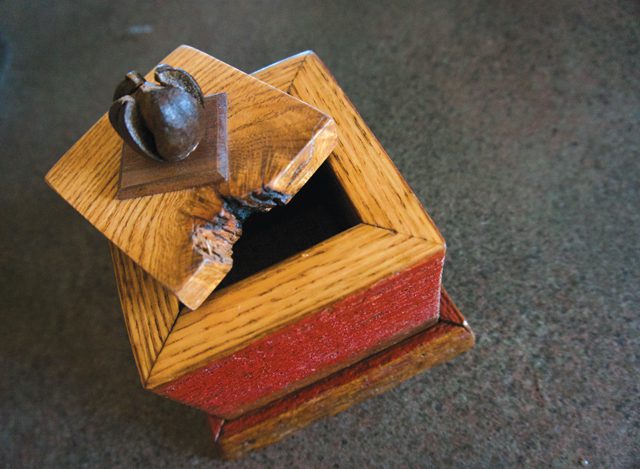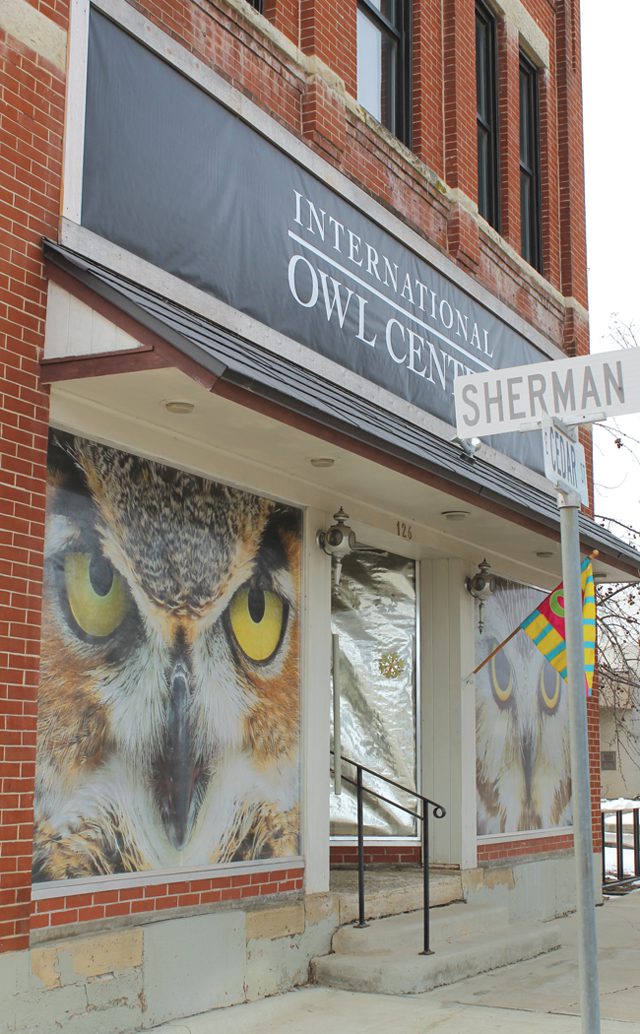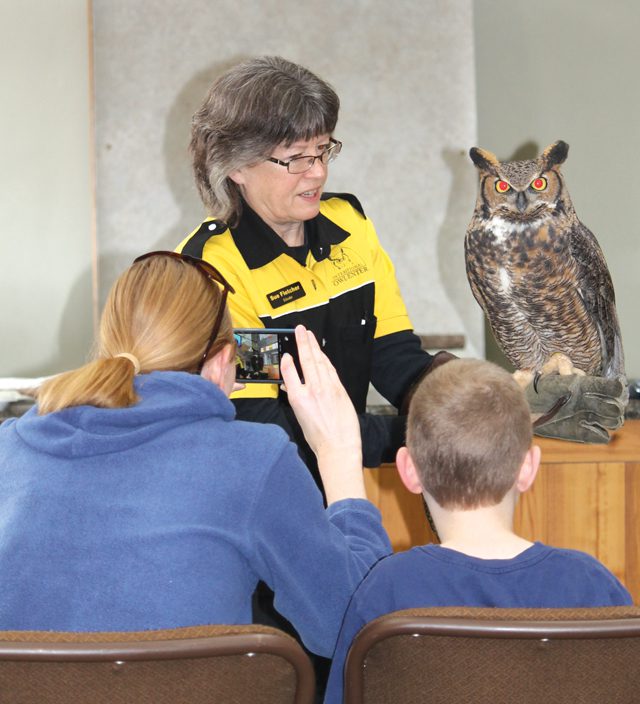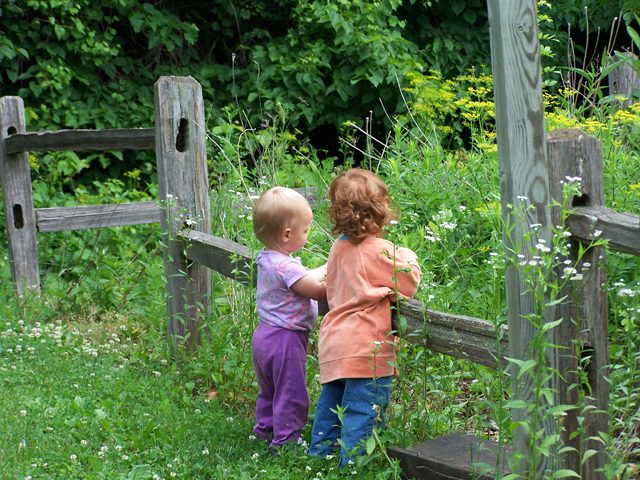
Lake Meyer Park and Campground
2546 Lake Meyer Road
Fort Atkinson, Iowa 52144
www.winneshiekwild.com
563-534-7145
Hours: Daily, 6 am – 10:30 pm (year-round)
Admission: Park, free, though some programming may have materials fees. Campground (open from April through October, depending on weather): $15 a night for an electricity-equipped site and $10 a night for a site without electricity; no reservations taken. Nature center currently closed for renovation.
Binoculars…check! Hiking boots…check! Pocket field guides…check! Wristwatch…yep, better strap that on too!
So brilliant are the wildflowers, so captivating the birds during spring at Lake Meyer that odds are good you’ll forget “little” details like, say, what time it is should you venture to this 160-acre gem of a park, located off Highway 24 between Calmar and Fort Atkinson, Iowa.

“Years of restoration work have transformed Lake Meyer into a wonderful place for viewing spring wildflowers – come April and May, you’ll see the whole spectrum of native ephemerals,” says Lilly Jensen, Winneshiek County Conservation Board (WCCB) education and outreach coordinator. “It’s also a bird-watching hotspot, especially for small songbirds like warblers.”
More than three miles of scenic trails winding through a variety of habitats and terrain await park visitors. Prairie, wetlands, and woodlands – you’ll find all three native Iowa habitats here, as well as the turtles, snakes, deer, turkey, and other critters that call them home.
You’ll also find a 38-acre lake teeming with northern pike, bluegill, black crappie, largemouth bass, and channel catfish. A handicap-accessible dock and 60-foot fishing jetty offer easy access to the lake for fishing (or just viewing!), and fishing by boat (electric motors only!) is also allowed. Lake Meyer, in fact, offers the only public option to fish by boat in all of Winneshiek County. And while non-motorized boats are not allowed for fishing, canoeing and kayaking are permitted – though you’ll have to bring your own vessel as rentals are not available.
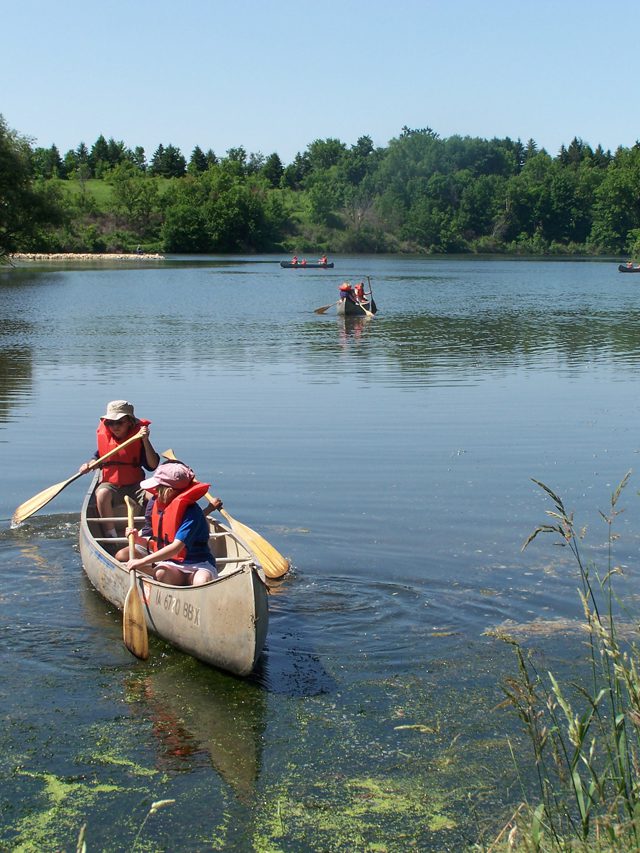
Those looking to unplug for longer than a day can take advantage of some of the most scenic and relaxing camping in all the Driftless Region. The campground boasts 27 electric and eight primitive (non-electric) sites – all are first-come, first-served – as well as restroom facilities with showers and flush toilets. Picnic shelters, a ball diamond, and a playground and natural play scape round out Lake Meyer’s amenities.
The park also plays host to a variety of outdoors-based public programs offered by the WCCB throughout the year. On tap for March are hands-on workshops on building Leopold benches, bluebird houses, and even rain barrels as well as a waterfowl viewing excursion. April will bring an Earth Day geocache hunt, May a workshop on making bird feeders from recycled tires, and June a canoeing and kayaking adventure. (For specific dates and other information, visit the WCCB website or Facebook page.)
“Lake Meyer is a very unique, very family-friendly spot offering a variety of activities and native ecosystems,” says Jensen. “It really is the perfect place to get away from it all and enjoy the outdoors.”
What not to miss: A two-part workshop on leaf casting August 6 and August 11. Start with large leaves and concrete and end with a stepping stone or bird bath!
See more Driftless Nature Center profiles here!
– By Sara Friedl-Putnam




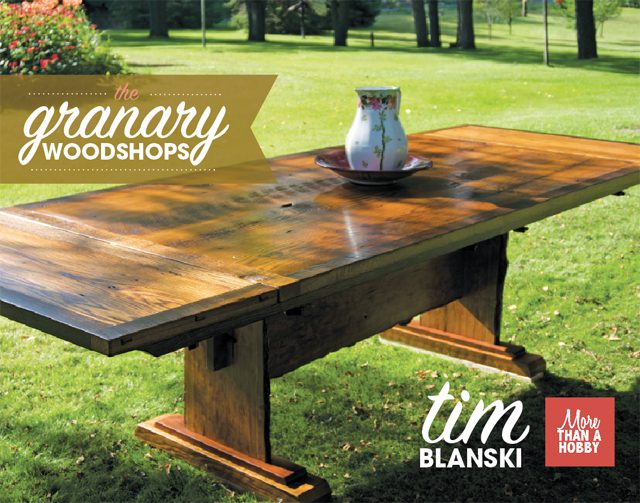
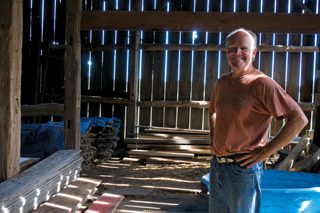 “It’s true,” Tim Blanski of
“It’s true,” Tim Blanski of  The problem was, they’d have to make a different living to make the move. As a marketing executive with an eye for salable detail, Tim set up a woodworking shop in the acreage’s original granary and turned his attention to the growing trend of artisan crafts made from reclaimed antique wood. “At first I made just gift boxes, picture frames. I’m not God’s gift to woodworking – this was stuff straight out of your average school shop class,” he says with a laugh.
The problem was, they’d have to make a different living to make the move. As a marketing executive with an eye for salable detail, Tim set up a woodworking shop in the acreage’s original granary and turned his attention to the growing trend of artisan crafts made from reclaimed antique wood. “At first I made just gift boxes, picture frames. I’m not God’s gift to woodworking – this was stuff straight out of your average school shop class,” he says with a laugh.